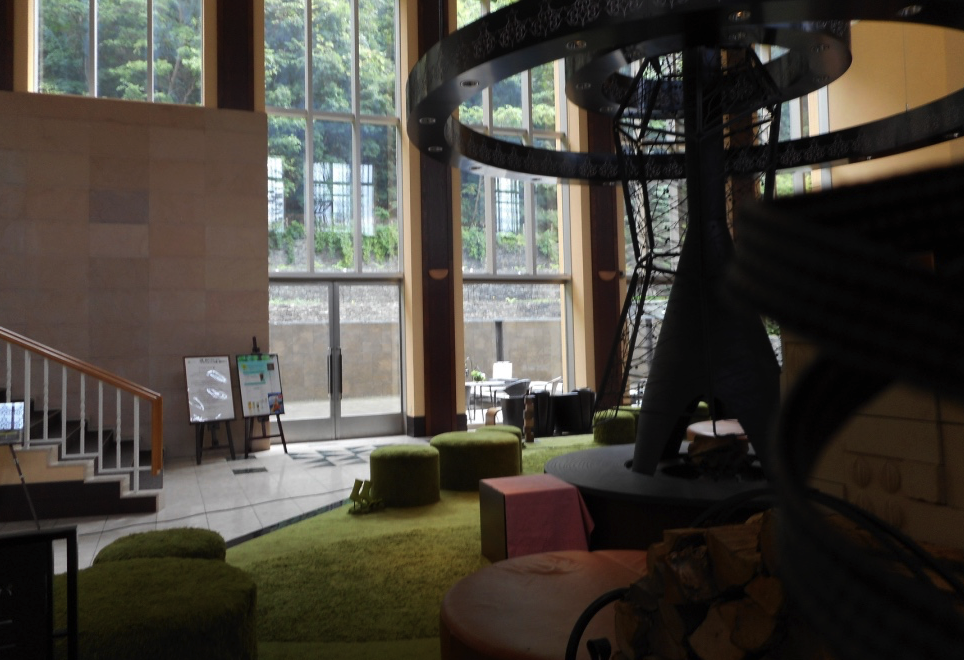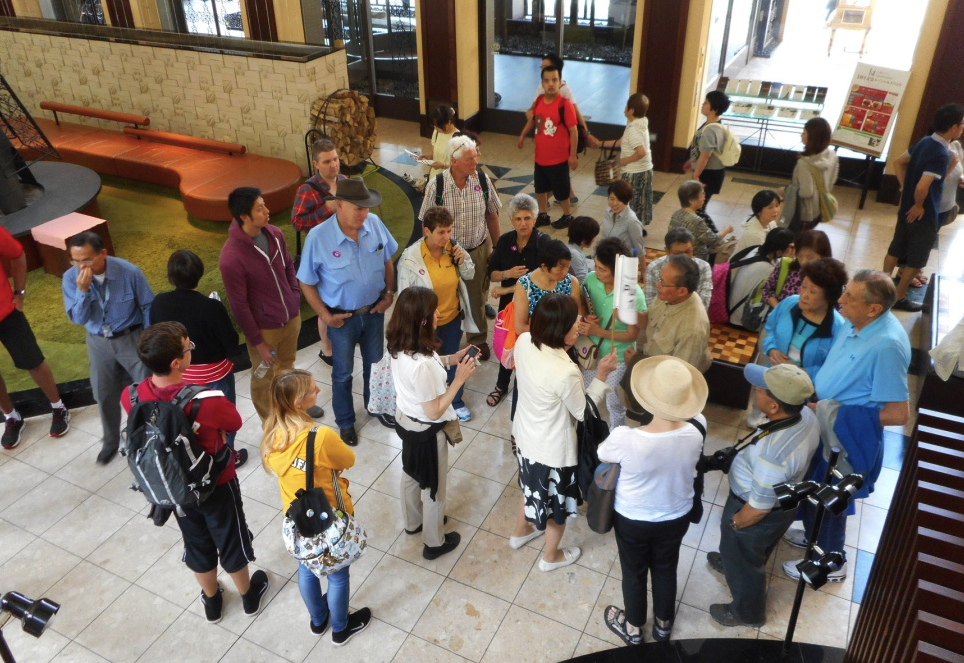By Eileen Ogintz
OTARU, HOKKAIDO, Japan — Good news! I’m going to live at least seven years longer.
That’s because I’ve visited a Japanese Onseng—a hot springs resort. They are ubiquitous in Japan—there are thousands of them.
We’ve been aboard the Diamond Princess and when a visit to an Onseng in Hokkaido was offered as a shore excursion, I jumped at the opportunity. Our guide, Kiyoe Narita, who is from Sapporo, explains “for Japanese, Onseng is one of the most relaxing ways to spend a holiday.”
There’s just one thing: no bathing suits are permitted. At this particular resort, Jozankei Tsuruga Resort Spa, men and women have separate facilities; some others are coed. “You become real friends after being an Onseng,” said Narita. “Everyone is relaxed and talks freely.”
As I knew these are natural hot springs, I expected ones like we’d experienced in Steamboat Springs, Co, for example—right in the mountains, pools carved out of rock. These, I learn, are more typical of Japan—they are tiled pools of different temperatures inside and outside. Some, Narita explains, have a variety of elements. This one is salt. Japanese believe a good soak will cure all varieties of ills.
All I can say it is a very pleasant way to spend the afternoon. This area of Hokkaido, on the northernmost coast of Japan’s northernmost island, is home to ski resorts—Sapporo, where the 1972 Winter Olympics were held, is a mere 40 minutes away. Every winter, there is a famous snow festival here with 200 huge snow sculptures. Every ski resort has its own hot springs.
But this area is not heavily populated. More than 20 per cent of Japan’s land is on Hokkaido but only four per cent of the population
There is etiquette to the baths, besides getting naked. First, you must wash your body thoroughly. You are given a small towel to cover your private parts, if so inclined. In the pools, Japanese women put them on their head — for what purpose, I’m not sure. Then you can take a dip in one pool or another. There are different temperatures, inside and out. There is a cold pool too, when you need to cool off. I preferred the two outdoor hot pools surrounded by trees.
Two 20-year-olds and 17 year-old boys from Irvine, CA are along for the experience with their parents. All three give the cruise a thumbs up, especially the shore excursions. “If you go on a tour, it’s so easy,” said Anthoney Tsou, 20, a college student.
“All of the planning is done for you. You relax on board, eat all you want and visit nice places,” explained Jonathan Jow, 17.
Another plus, added Anthoney, “You don’t have to spend all your time with your parents.”
The trio were chowing down at the hotel before we got into the Onseng baths. I expected a Sushi spread as Hokkaido is famous for its seafood. Instead, there were familiar dishes (pizza and macaroni and cheese) and not so familiar (pickled eggplant, Black Pig Dumplings), all tasty.
Narita says the Japanese pride themselves on their health with the average age for women 86 and for men 85.
Could it be the Onseng?


